
Loud music comes with health warning

Swiss concert organisers will have to warn music fans of the dangers of loud noise to their hearing under new regulations.
For anyone heading to a concert from Tuesday onwards, chances are that they will see similar warnings to those found on cigarette packages, although it is unlikely the music will kill anyone.
The new “sound and laser” regulations that come into effect on May 1 force organisers to inform the public of the health effects of loud music, especially possible hearing loss. Beyond a certain noise level, they also have to make so-called quiet zones available.
For Petzi, the Swiss music clubs’ association, the new rules are an improvement on the old ones. Organisers will still have to notify the authorities ahead of a concert, but they will no longer have to specify noise levels.
They must also prove they have not exceeded noise limits – set according to the type of event – if complaints are filed. According to Petzi, this will be a headache for concert organisers given the high cost of measurement equipment.
The head of the Good News concert agency, André Béchir, also told Zurich’s Neue Zürcher Zeitung that the new regulations make organisers responsible for a situation they don’t necessary control.
Most groups have their own sound specialist who sets audio levels, but organisers would have to pay any fine levied if limits were exceeded.
Insufficient protection
Peter Ettler, director of the Swiss league against noise, calls the regulations a move in the right direction, but says they do not sufficiently protect people living close to concert venues.
“The league receives more and more complaints from people affected by open-air events,” he told swissinfo.
“It’s hard to get any kind of response because local authorities don’t want to spoil the image of their town as a happening place. And too bad for anyone wanting to get some rest.”
Although new rules are being introduced now, the Federal Health Office and the national accident insurer, Suva, have been trying to make young people aware of the health risks associated with loud music for some time.
A recent study carried out by a Lausanne vocational training school showed that nearly two-thirds of the students polled had heard some kind of whistling noise after listening to loud music. The effects usually disappeared the next day for most of them.
The study’s authors said that concerts were more likely to affect a young person’s hearing than a portable music device such as a Walkman. They added there was no reason to limit the output of personal audio equipment.
Taxing noise
For a long time, the effects of noise on people’s health were underestimated. But in April, the Federal Environment Office suggested taxing excessive noise.
Its vice-director Gérard Poffet has proposed a flexible levy according to the noise levels.
“A variable tax would encourage people to actually reduce noise levels,” he said.
The environment office is studying the feasibility of the idea and a report is expected for the end of the year. If a tax were implemented, it would probably be the first of its kind anywhere.
Switzerland is certainly a leader in the fight against noise, according to Poffet.
“We are setting up a prototype database that gives us a detailed overview of the noise situation,” he told swissinfo. “If anything, we are among the pioneers.”
swissinfo, based on a French article by Ariane Gigon Bormann
The new sound and laser regulations define three categories of concerts, depending on noise levels and duration.
All concert organisers must measure sound levels, inform attendees of eventual risks to their health and hand out free earplugs for those who want them.
Signs highlighting health risks at the entrance of the concert venue are considered a sufficient warning.
For concerts where levels exceed 96 dB for more than three hours, organisers must also make so-called quiet zones available.
Usually, the length of “safe” exposure to noise is reduced by a factor of two for every three additional decibels. The decibel (dB) is the unit used to measure sound levels.
For example, the safe daily exposure at 85 dB is 8 hours, while exposure to noise at 91 dB should be limited to only two hours. In Switzerland, ear protection is required for workers when levels rise above 85 dB.
Noise-induced hearing loss is often accompanied by tinnitus, or ringing in the ears. It usually disappears after 12 hours.
Exposure to very loud noise (90 dB or more, such as jet engines at close range) can cause progressive hearing loss.
Exposure to a single event of extremely loud noise (such as explosions) can also cause temporary or permanent hearing loss.

In compliance with the JTI standards
More: SWI swissinfo.ch certified by the Journalism Trust Initiative
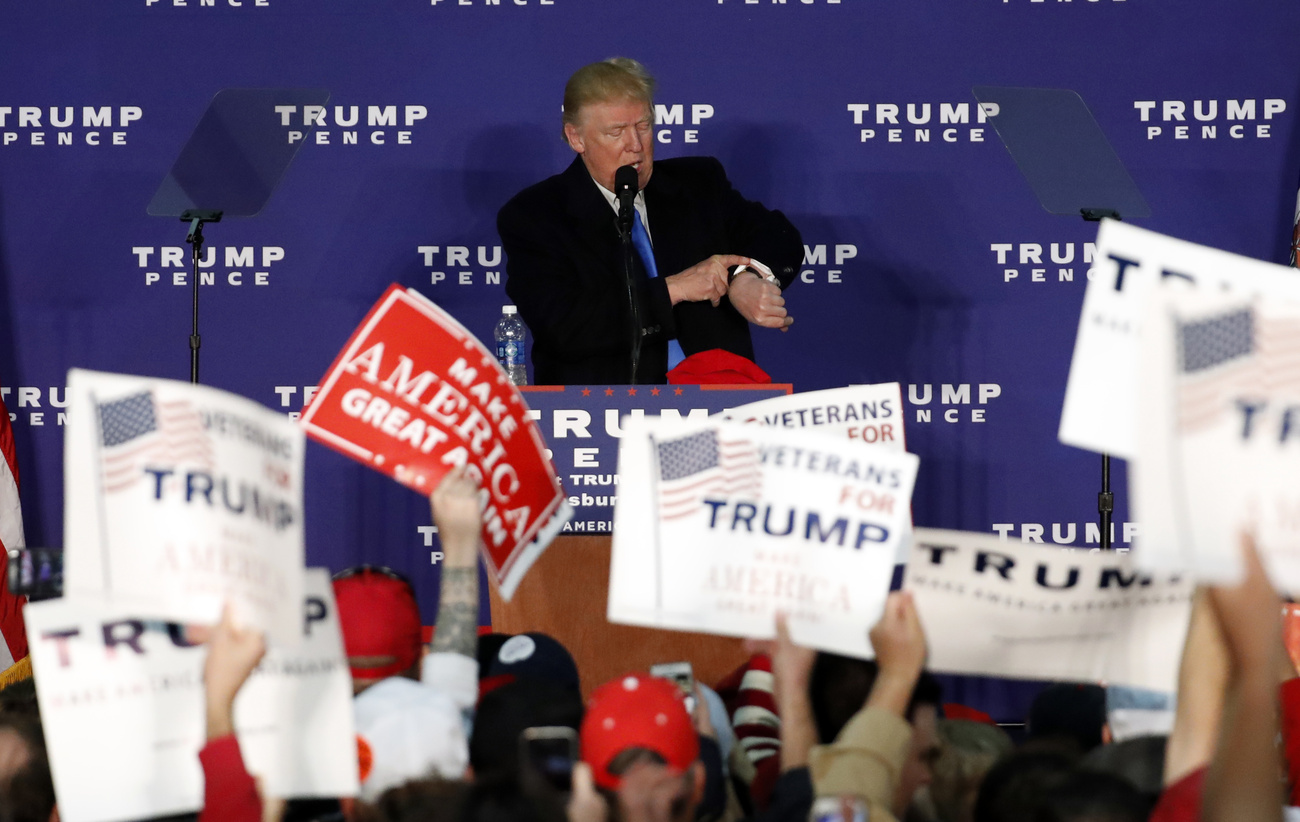

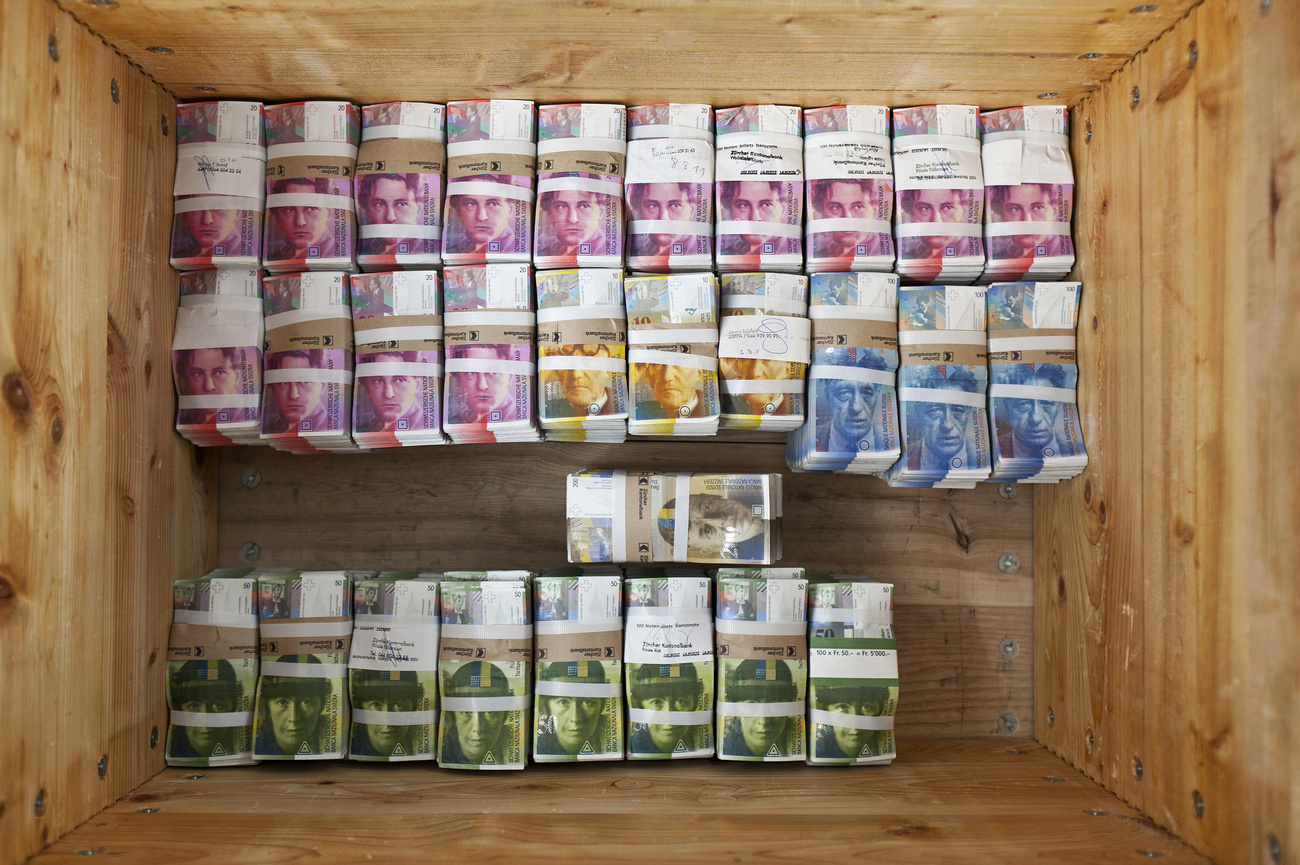




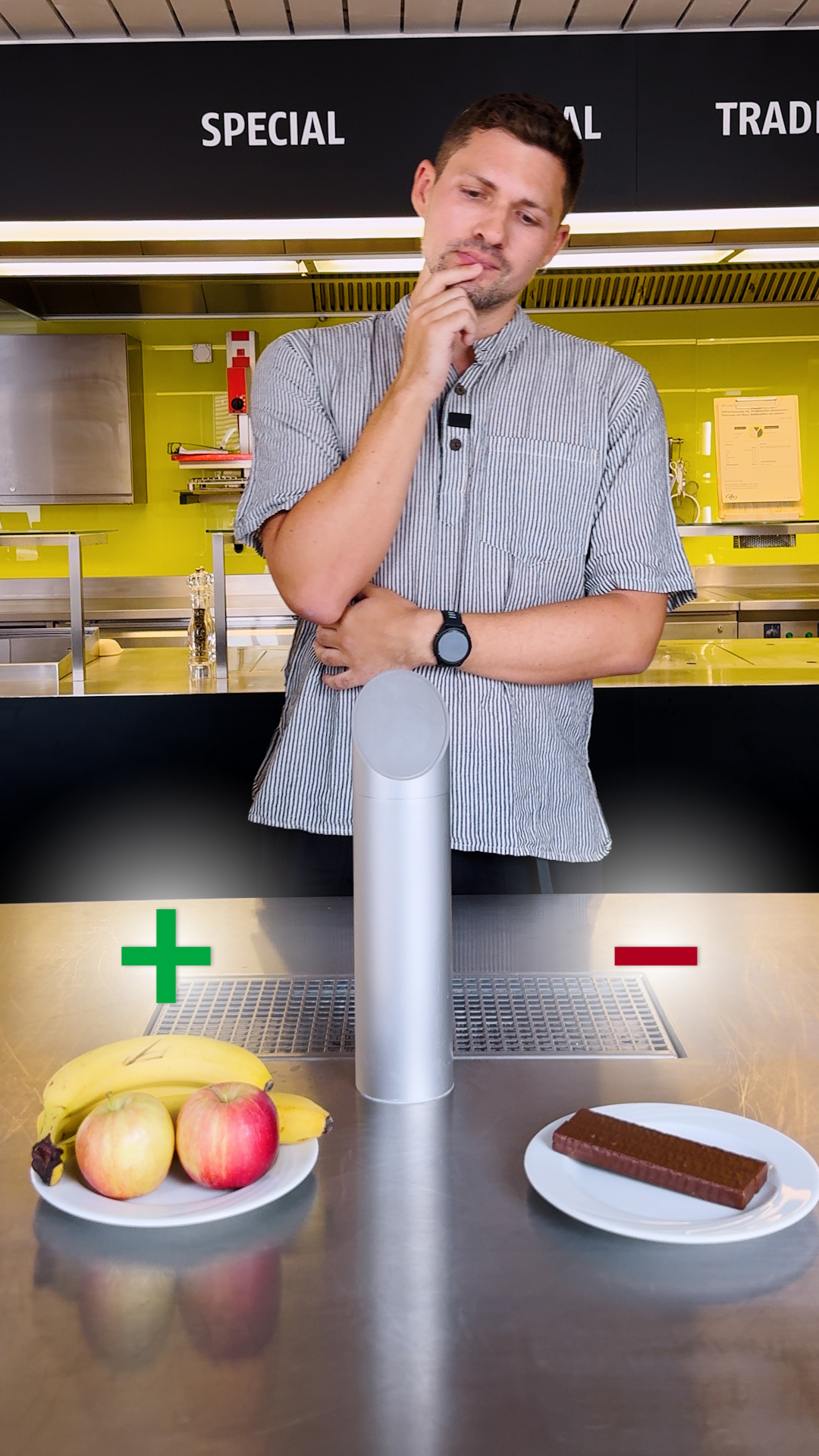



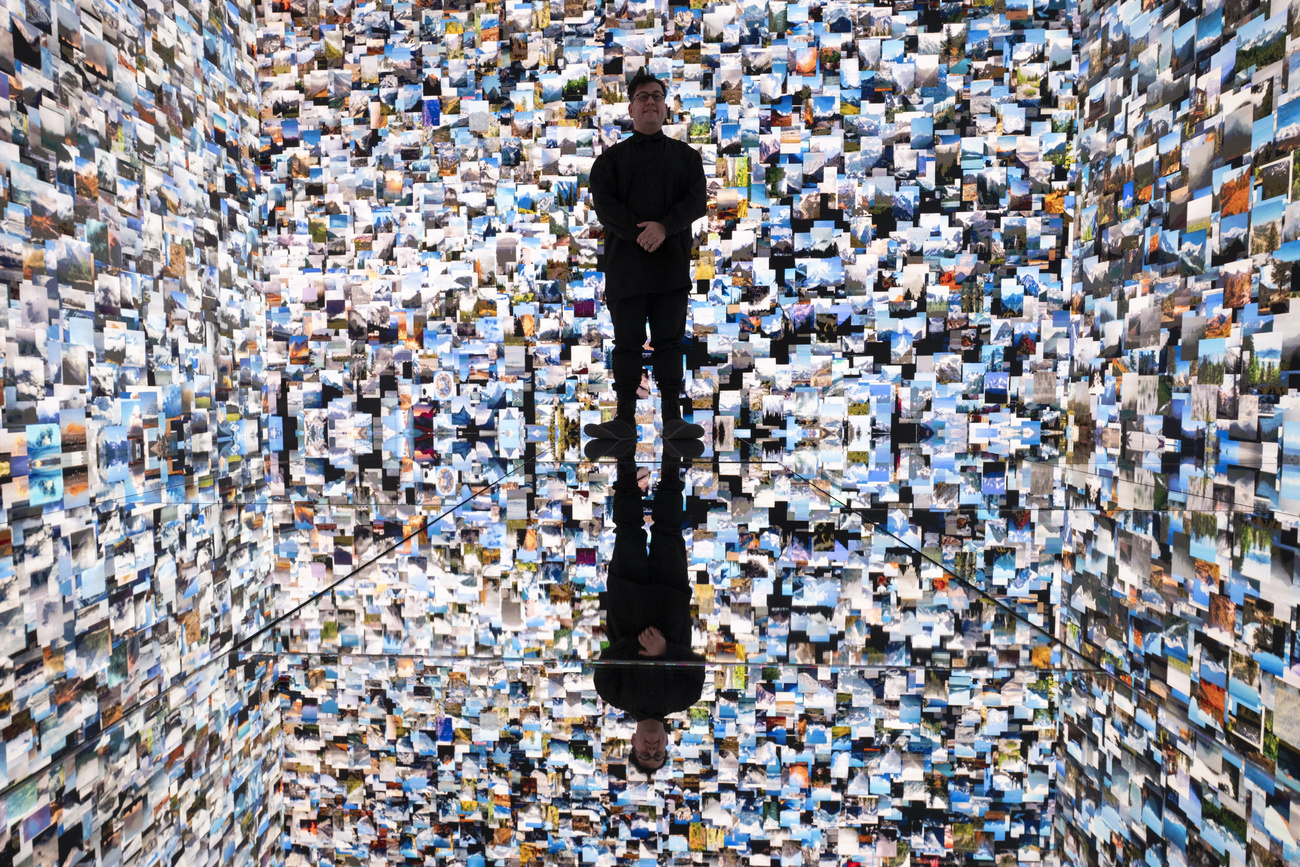




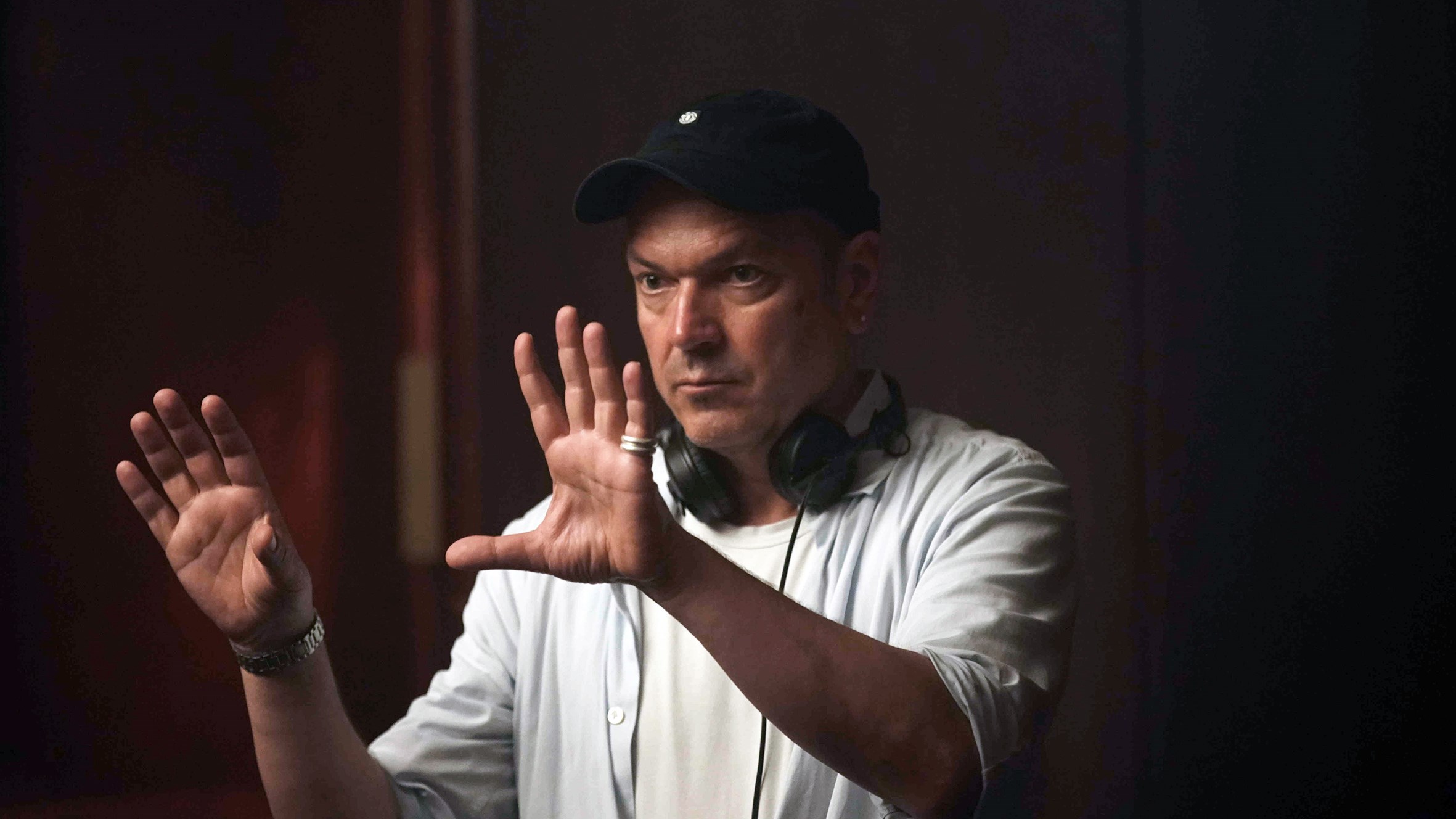





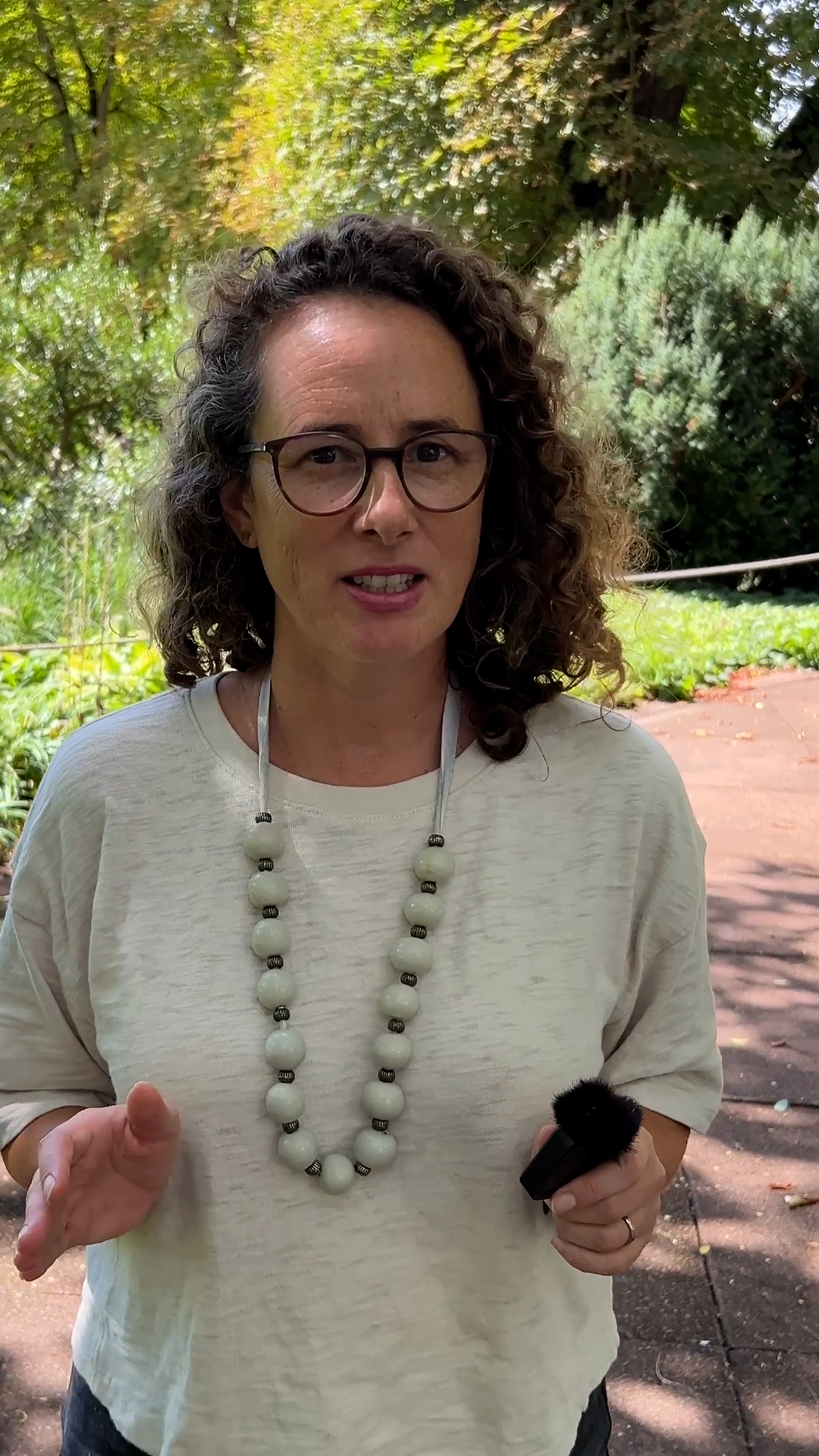








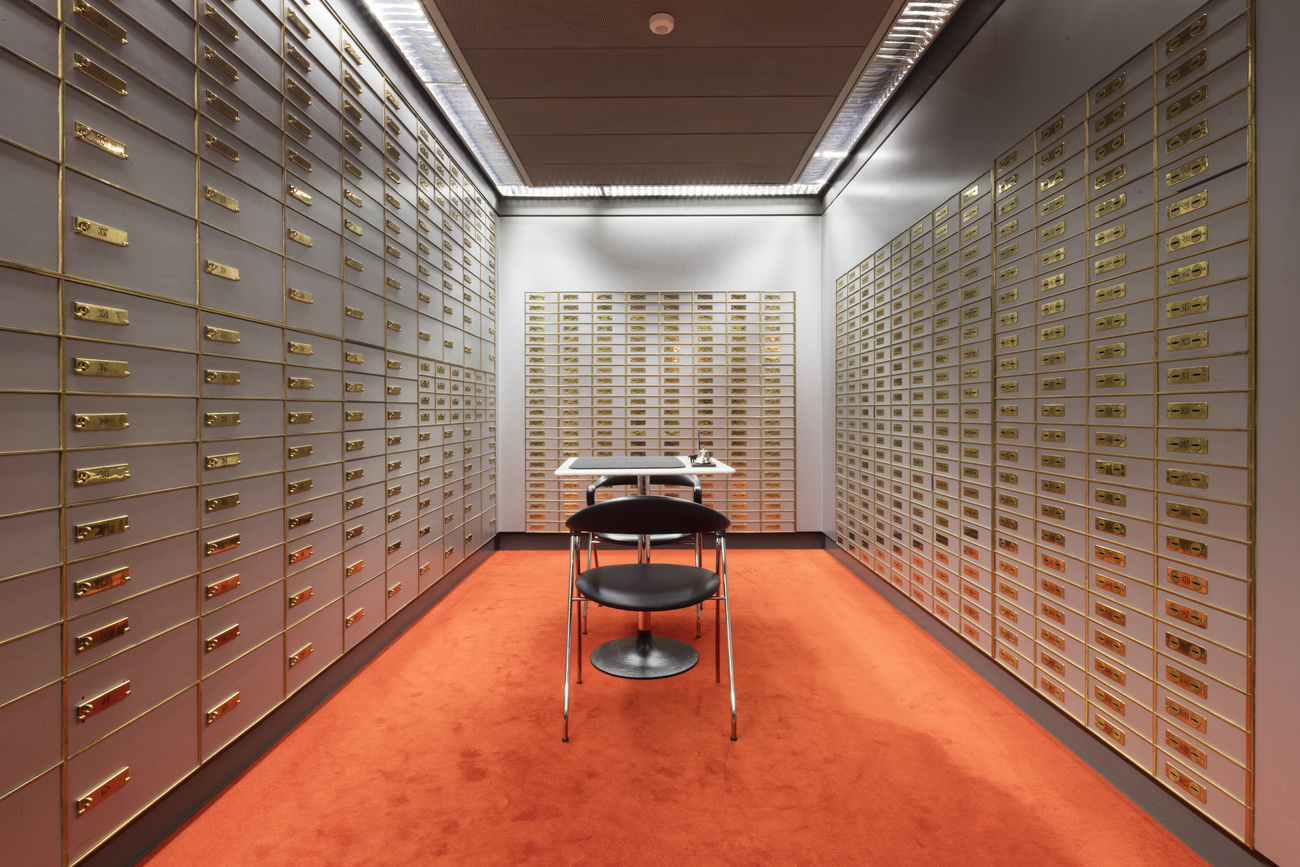


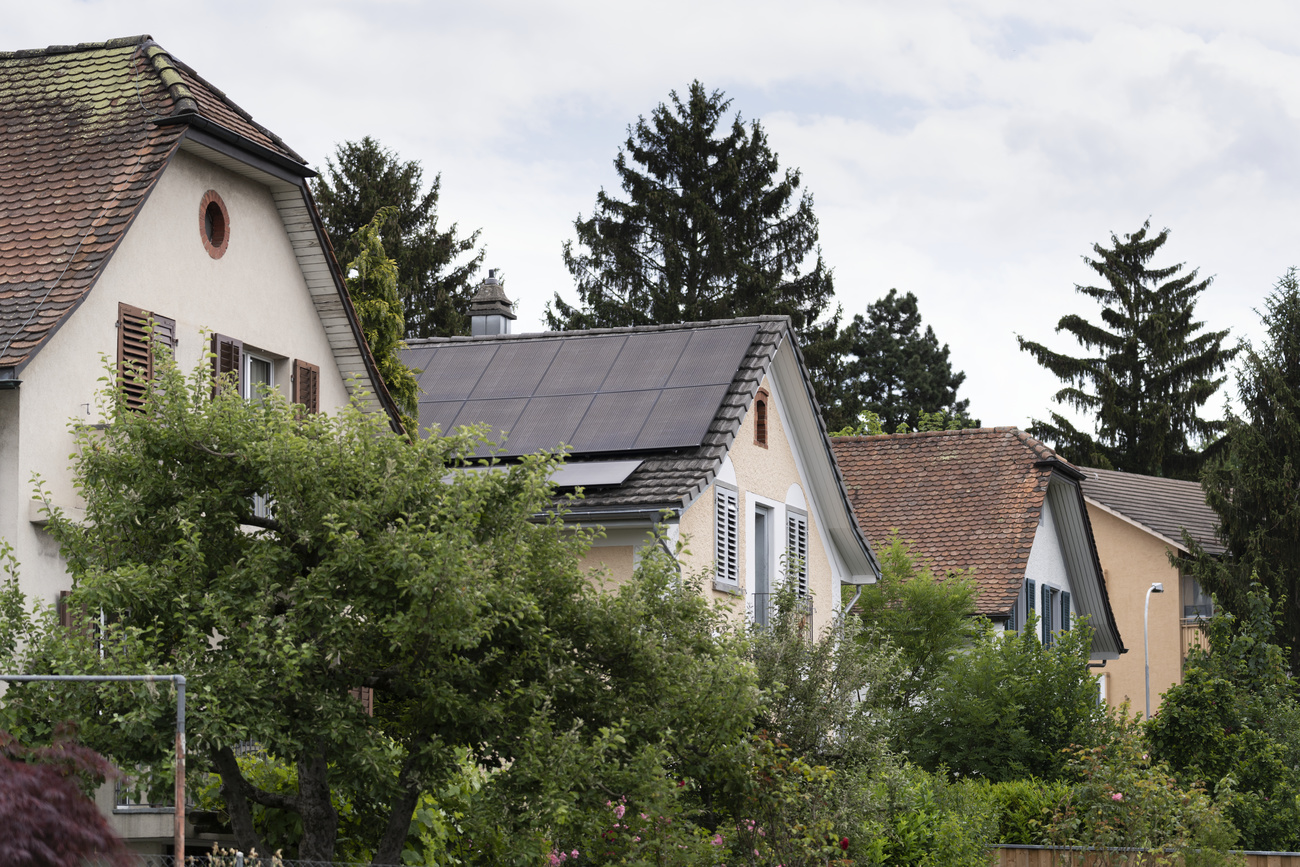

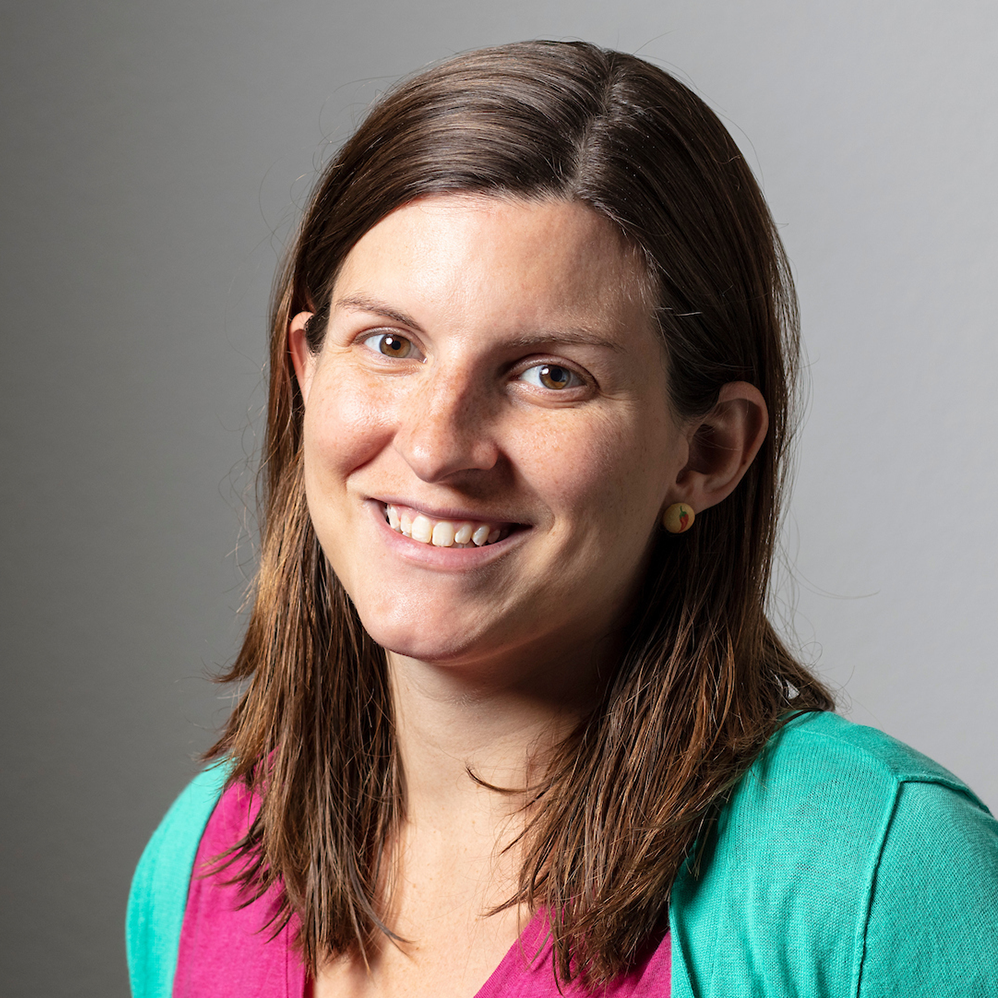



You can find an overview of ongoing debates with our journalists here . Please join us!
If you want to start a conversation about a topic raised in this article or want to report factual errors, email us at english@swissinfo.ch.